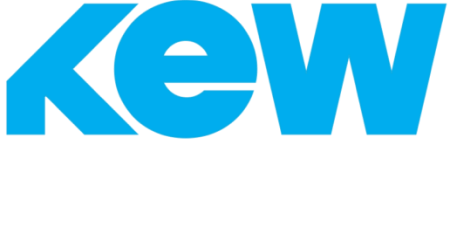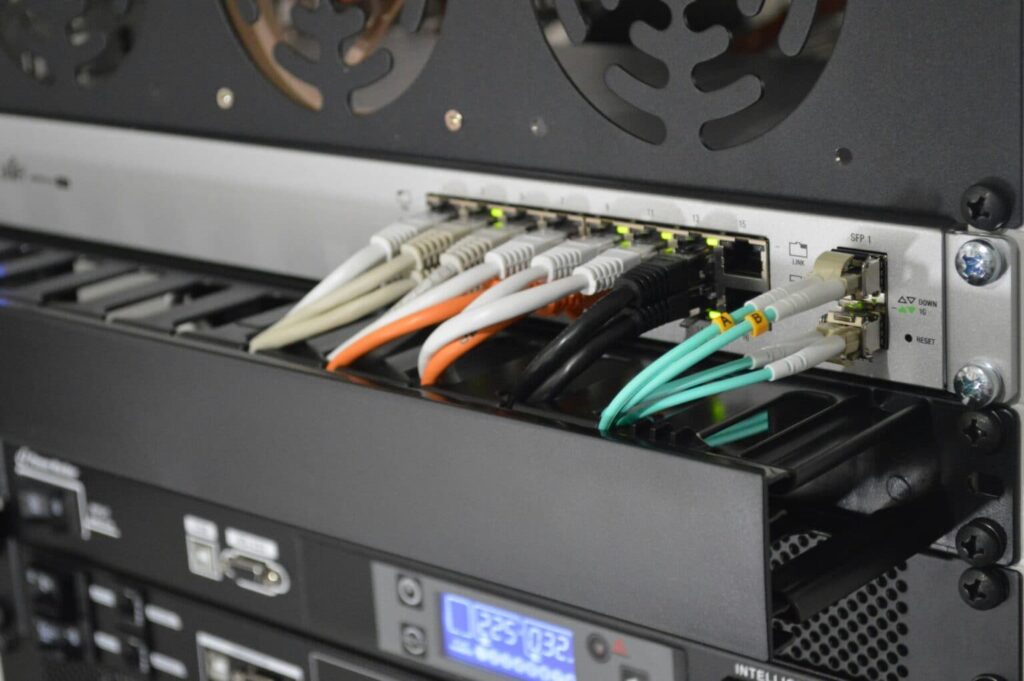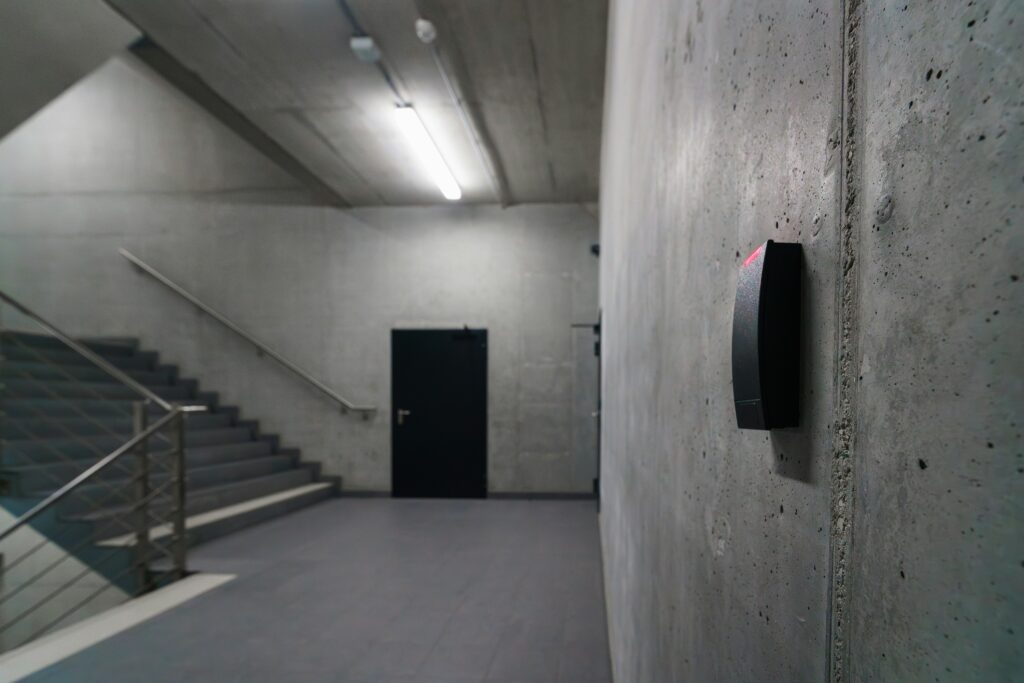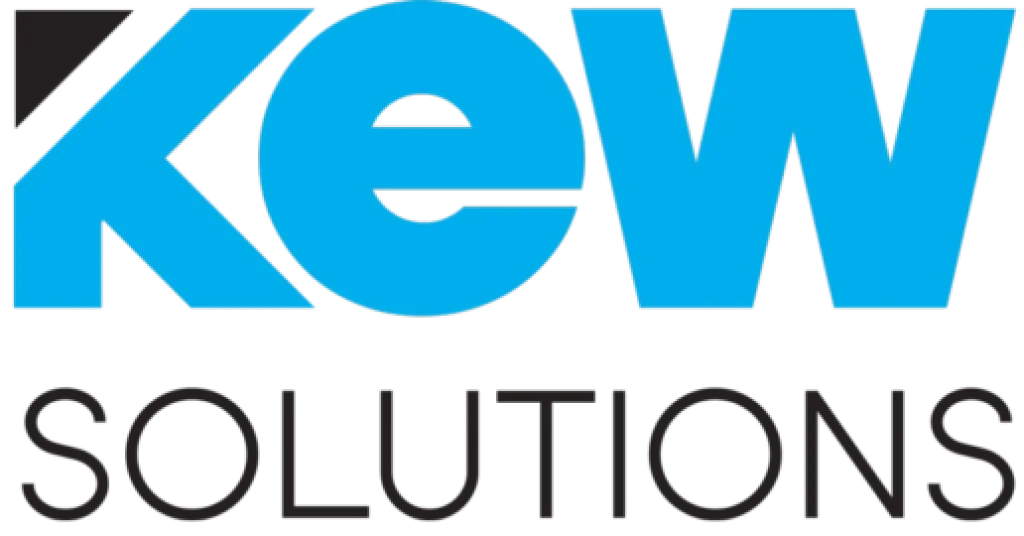An efficient network infrastructure is essential! One of the most effective ways to ensure your business stays ahead of the competition is by implementing a structured cabling system. Structured cabling offers a reliable, scalable, and organised solution that supports multiple systems while maintaining optimal performance. Let’s explore the top 10 benefits of structured cabling and why it’s an excellent investment for your business.
Advantages of Structured Cabling
In a nutshell, a structured cabling system provides a streamlined, organised network infrastructure that supports businesses’ growing data and communication needs. With benefits ranging from simplified management and enhanced scalability to improved network performance and cost savings, structured cabling systems provide a future-proof solution that enables the integration of multiple systems, reduces downtime, and facilitates easier troubleshooting. Here is a breakdown of the advantages:
1. Simplified Management
Managing traditional network infrastructures can be complex and time-consuming. Structured cabling systems, however, are designed to simplify this process. With an organised cabling framework, it becomes easier to locate, manage, and maintain different connections across devices and applications. This streamlined structure allows businesses to handle their network operations more efficiently, saving both time and resources. An organised cabling infrastructure also enables swift configuration of new systems and reduces the risk of costly mistakes.
2. Scalability and Flexibility
Structured cabling systems provide the flexibility to scale your network as your business grows. They easily accommodate new devices and technologies, allowing for seamless integration of additional components without disrupting the existing network infrastructure. This scalability ensures that your cabling system can expand alongside your business with minimal complexity.
3. Reduced Downtime
Network downtime can be detrimental to any business. Well-structured cabling minimises the chances of network outages by reducing human errors and providing a more reliable infrastructure. With fewer tangled or disorganised cables, troubleshooting becomes faster, and network issues can be resolved more efficiently. This efficiency in network management helps ensure minimal disruption to your daily operations, leading to better productivity and reduced costs related to system outages.
4. Cost-Effective Maintenance
The long-term benefits of structured cabling extend to cost-effective maintenance. While the initial investment may seem significant, substantial savings can be made over time due to its longevity and reduced need for frequent repairs or upgrades. The organised and efficient nature of structured cabling means issues can be resolved quickly without disrupting your business operations. This also reduces the likelihood of expensive repairs, saving businesses money in the long run.
5. Improved Network Performance
Network performance is a critical component of any successful business. Structured cabling offers superior data transmission speeds, reducing latency and increasing overall network performance. This improvement allows your business to run smoothly, handling large amounts of data with ease. Whether it’s transferring files, streaming video, or managing communications, a structured network of cables ensures optimal performance across all systems.
6. Future-Proof Investment
A structured cabling system is designed to support the latest technology advancements and evolving business needs. By choosing a system that adheres to industry standards, businesses ensure their infrastructure can handle new, future-ready applications and devices, keeping them competitive and avoiding costly overhauls down the line.
7. Enhanced Aesthetics and Safety
Disorganised cables not only detract from the aesthetics of your workplace but also create safety hazards. Tangled cables are a tripping hazard and can contribute to overheating or fire risks. An organised cabling infrastructure not only looks neat but also enhances workplace safety. By keeping cables efficiently arranged and secure, businesses can reduce the risk of accidents and create a more professional environment.
8. Efficient Troubleshooting
When issues arise, structured cabling makes troubleshooting faster and more efficient. The organised structure of the cabling system enables professionals to quickly identify and resolve problems, minimising downtime and ensuring that your network runs smoothly. Your cabling installation should be laid out in such a way, that system faults can be isolated and fixed with minimal impact on daily operations.
9. Support for Multiple Systems
Another major advantage of structured cabling is its ability to support various systems simultaneously. From data, voice, and video, to multimedia and security systems, numerous components can be integrated within a single unified infrastructure. This multi-system support makes it easier for businesses to manage their communication and streamline business operations.
10. Compliance with Industry Standards
Lastly, structured cabling ensures that your network infrastructure complies with industry regulations and standards. Adhering to these standards guarantees the quality and safety of your network systems, while also making your business eligible for industry certifications. This not only provides peace of mind but also helps businesses avoid regulatory penalties and improve their overall network efficiency.
Conclusion
It is safe to say that structuring a cabling system offers a wide range of benefits for businesses of all sizes. From simplified management and scalability to cost-effective maintenance and improved network performance, a structured cabling system is a powerful asset for any business looking to optimise its operations. If you’re ready to upgrade your network infrastructure, Contact Us or learn more about our Structured Cabling Services.









